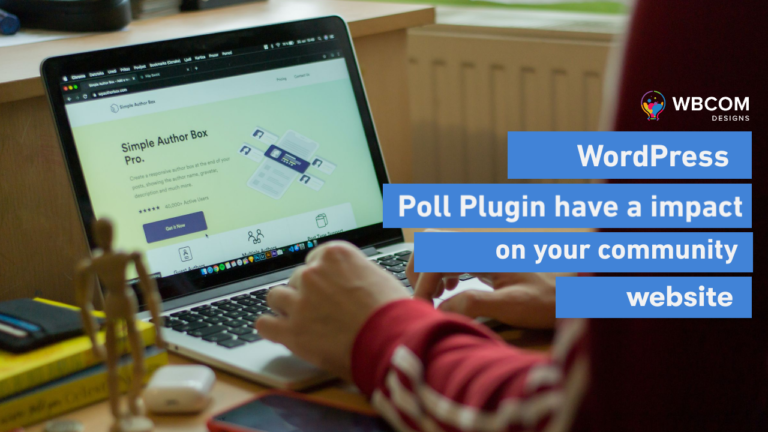Twenty-four is a year that will see the rapid evolution of technology. Custom software development is one tactic that stands out as critical for firms hoping to prosper in this volatile climate. Customizing software to fit specific business requirements guarantees increased productivity and customer happiness in addition to giving a competitive advantage. Let’s explore the tactical methods that will enable bespoke software development to reach its maximum potential by 2024.
Table of Contents
ToggleUnderstanding Your Business Requirements

It is essential to have a solid basis for comprehending your business needs. This comprehensive procedure guarantees that the product the custom software development agency develops meets particular requirements, resolve actual issues, and ultimately adds value. Let’s discuss the three essential components of comprehending your business needs.
Identifying Business Challenges and Opportunities
The first stage of developing custom software is determining the unique opportunities and problems that your company confronts. This entails carefully examining your present business practices, competitive environment, and market position. Is it possible to automate or streamline any processes? Is it possible to take advantage of a market opportunity with custom software? Comprehending these facets is vital in devising a software solution that harmonizes with your enterprise objectives and tackles specific issues.
Defining Clear Objectives and Success Metrics
What particular objectives do you hope to accomplish with this software? Is the goal to increase income, improve customer satisfaction, or increase operational efficiency? Establishing success measures is crucial in addition to defining these objectives. In addition to directing the development process, these metrics will aid in assessing the software’s success after deployment.
Collaborating with Stakeholders
The collaboration covers both the decision-makers and the end users who will use the software regularly. Getting feedback from various stakeholders guarantees that business requirements and user expectations are well understood when developing the product. Maintaining open lines of communication throughout the development process facilitates responding to input and adjusting the project as needed to meet business objectives.
Selecting the Right Development Methodology: Agile vs. Waterfall
The two most popular methodologies, Waterfall and Agile, have unique benefits and address various aspects of projects. We’ll review each of its advantages, disadvantages, and appropriate applications to help you decide which is best for your project.
Understanding Agile Development
Agile development’s adaptability and flexibility have made it more and more popular. The applicability of this methodology is still valid in 2024, particularly for projects whose requirements are not static. Iterative development – dividing a project into manageable chunks and developing, testing, and refining them continuously – is the hallmark of agile methodology. This methodology enables frequent feedback and modifications, guaranteeing that the final product closely conforms to user requirements and market desires.
Evaluating the Waterfall Model
On the other hand, the Waterfall model takes a more conventional approach in which every project phase must be finished before moving on to the next. Projects with clearly defined needs that are not expected to change should use this paradigm. Although the Waterfall approach is more structured and predictable, it is less adaptable than the Agile model when handling changes arising during development.
Choosing the Appropriate Methodology
The scale, complexity, needs of stakeholders, degree of uncertainty, and other considerations all play a role in choosing the best development technique. Agile is frequently the best option for dynamic projects in quickly evolving situations. However, the Waterfall paradigm may work better for projects with precise, fixed requirements. Making an informed decision that fits the needs of your project requires understanding each methodology’s advantages and disadvantages.
Project Scope and Requirements
In 2024, the success of a custom software development project largely depends on how well its requirements and scope are defined. This clarity gives the team a clear roadmap and guarantees that the development process aligns with the business objectives.
Detailed Project Requirements Documents (PRDs)
It is essential to create a thorough Project Requirements Document (PRD). The purpose of this document is to act as the project’s blueprint, describing the necessary components, their application, and their timeline. Functional requirements, user stories, technical specifications, and acceptance criteria are examples of details found in a well-written PRD. As software projects get more complicated in 2024, the PRD serves as a crucial point of reference to ensure stakeholders and developers are on the same page.
Project Management Tools
In 2024, managing complicated software projects using contemporary project management techniques will be imperative. Tools such as Jira, Asana, or Trello provide time monitoring, task management, and progress reporting capabilities to improve openness and cooperation. These resources are essential for maintaining project momentum and ensuring everyone on the team understands their roles and due dates.
Testing and Quality Assurance

The software development lifecycle necessitates testing and quality assurance to guarantee that the product is dependable, safe, and fulfills user requirements.
Implementing Unit Testing, Integration Testing, and System Testing
Unit, integration, and system testing are all part of a comprehensive testing approach in 2024. Unit testing verifies that each software component functions as intended. While system testing assesses the system’s overall behavior and compliance with the requirements, integration testing confirms that these components function together as intended. This multi-layered method is essential for finding problems early in the development cycle and resolving them.
Automated Testing Tools
Tools for automated testing are becoming increasingly crucial, particularly in agile settings where continuous integration and deployment are the norm. Automating routine but necessary testing chores with tools like Selenium, TestComplete, or Jenkins boosts productivity and frees testers to work on more intricate test cases.
Conducting User Acceptance Testing (UAT)
At the last phase of testing, User Acceptance Testing (UAT), end users test the program to make sure it can function as needed in practical situations. UAT is essential because it offers user-perspective feedback, which is critical for the software’s success after deployment.
Deployment and Maintenance
The deployment phase includes both the initial launch and ongoing deployments as a component of an agile methodology. Coordination, thorough deployment plans, and fallback procedures in case of problems are necessary to guarantee a seamless deployment process.
After deployment, ongoing upgrades and maintenance become more critical. Software must receive frequent promotions to stay effective and relevant in today’s fast-paced technological world. This includes updating features, fixing security flaws, and ensuring the system is compatible with newer technological developments.
Conclusion
Developing custom software has enormous potential for companies seeking a competitive advantage. You can fully utilize this potent tool by comprehending your business requirements, choosing the best development process, and implementing efficient project management techniques. Recall that thorough planning, close coordination, and ongoing improvement are essential for success. Using these tactics, you may create custom software that stimulates creativity, improves productivity, and helps your company achieve long-term success in 2024 and beyond.
Interesting Reads:
Group Coaching Software Options








